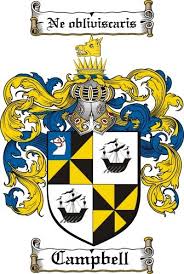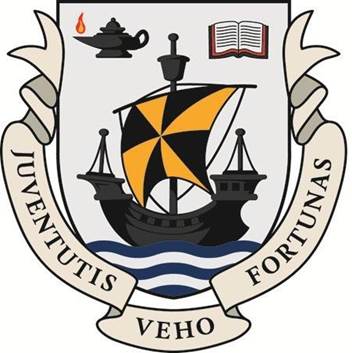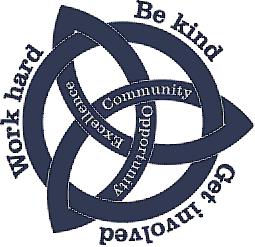The school was founded by the Rev. Andrew Mylne, a leading educationalist of his day, following a bequest by Captain John McNabb, a local who was born in 1732 to a poor family, but who made his fortune at sea. McNabb captained, owned and leased out many ships over the decades and it is known that four voyages transported slaves to the West Indies in 1789-91, forty years before the Abolition Act of 1833.
The school believes that it is important to recognise this aspect of its history and pupils are taught openly about McNabb’s link to slavery in several subjects in the Senior School. In order to understand the exact extent of John McNabb’s involvement, further research was commissioned, in collaboration with leading external advisors, in 2019. When this research is concluded, the school will consider various future courses of action. Once completed, it will help us better understand this part of our history so that it can play an important educational role. To be clear, Dollar Academy abhors slavery in all its forms.
John McNabb died in 1802 and in his will he specified that the interest on half his estate was to provide “a Charity or School for the parish of Dollar and shire of Clackmannan wheir I was born.”
There were long legal delays until 1815 when the eminent educationalist Rev. Andrew Mylne was appointed Minister of the Parish by local landowner Craufurd Tait. They conceived of a great academy to educate the boys and girls of Dollar parish, and also pupils from outside Dollar, who would board with teachers. To attract pupils from outside the parish, excellent teachers would be appointed.













